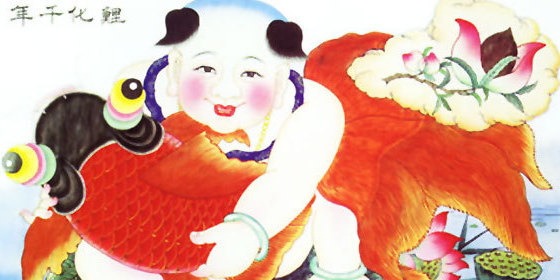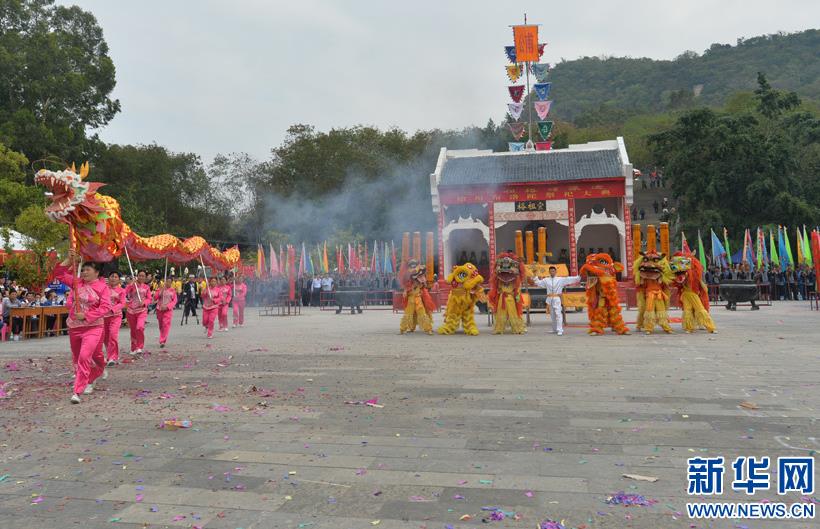Top 10 things to know about Spring Festival
 0 Comment(s)
0 Comment(s) Print
Print E-mail China.org.cn, January 9, 2012
E-mail China.org.cn, January 9, 2012
China's modern mascot may be the panda. However, the country's emblem, representing the heavenly power of the emperor is the dragon. For over 2,000 years, the dragon has stood as a symbol of deity, and imperial power. The Dragon Dance, accordingly, has been elevated from praying to the gods for rain to expressing people's courage, pride and wisdom.
The Dragon Dance enjoys a vast diversity of models and forms. As a totem of the Chinese nation, among farming communities, it is still heralded as a token of the coming spring rains. It is also danced to drive away ghosts.
The dragons come in various forms, such as the cloth dragon, the grass dragon, the fire dragon and the segment dragon, and the dance varies from form to form. The cloth dragon has a visibly separated head and body, connected by cloth. The longer the dragon is, the more performers are involved. One person leads the dragon, guiding at whim the beast's rise and fall, from rapid undulations to slow ripples. It will alternately seem to fly up to the sky or hide under the ocean, imitating the movement of breaking waves.
Known as the king of animals, the lion is a traditional symbol of good luck in China. The dance has a long history stretching back 2000 years. Records show that during the Tang Dynasty (618-907), the Lion Dance was already performed for the royal family.
In the Lion Dance, two people act as a lion; one moving the head and the other moving the body and tail; while one performer plays the part of the cub. The last dancer sways the silk ball with which the lion plays.
During the Spring Festival and other festivals, the Lion Dance marks the beat of the frolics, bringing luck and happiness to all who contemplate it, if well-performed.
Go to Forum >>0 Comment(s)








